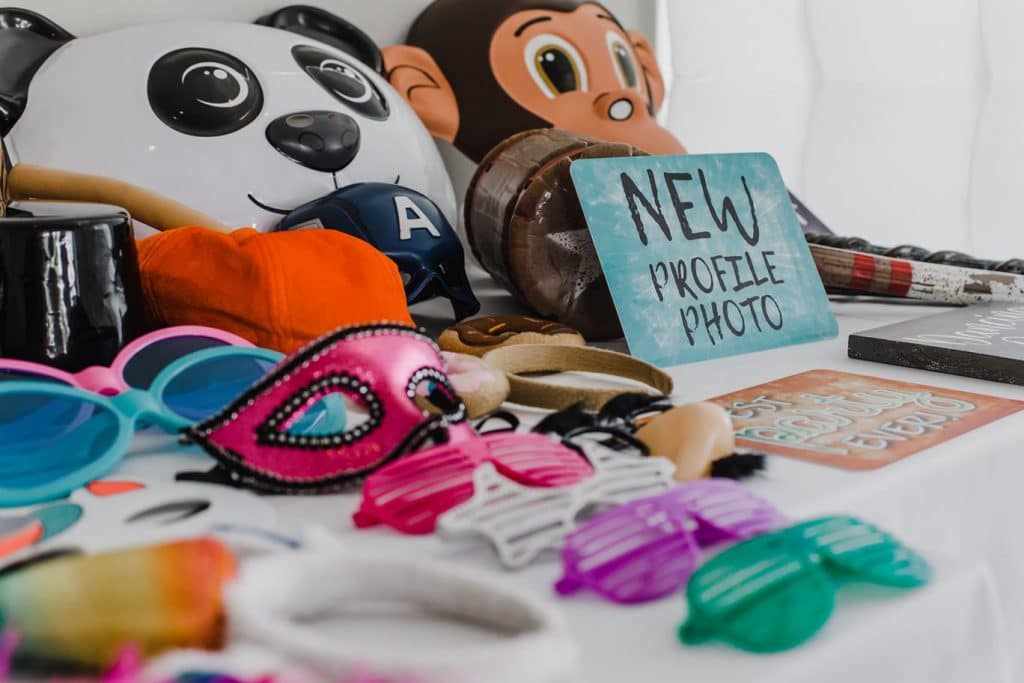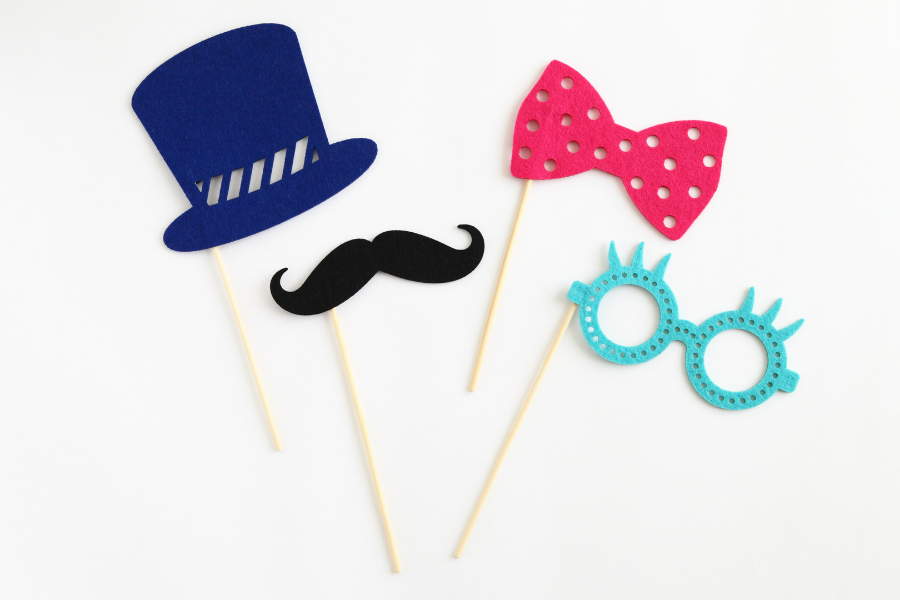Using visuals in your speeches is a great way to make your talks more exciting and informative. In today’s post, I will share with you several ways to use visuals in your next presentation. Why use Visual Aids? If you’ve ever attended a presentation that included slides or visual aids, then you know that they can be a significant part of how the talk is delivered. There are many reasons we use visual aids. For example, you might want to illustrate a point by showing your audience a graph or chart.
Why is Visual Aids and Props Necessary in Presentation?
Too often, people who speak before groups often neglect the essential aspect of their presentation, which is they fail to inform their audience! Visual aids can help you dramatically achieve this goal. For example, if you are talking about how the price of gasoline has gone up over the last few years, you could put up a graph on the screen that illustrates this statement. Or, if you are explaining the benefits of using an electronic organizer to keep track of all your to-do’s, you could show a slide with a list of items with checkboxes next to each one. Another everyday use for visual aids is to make your points visually better. Suppose you have written a report about something technical and your reader is having trouble understanding your writing. In that case, you could use a chart, diagram, or illustration to help them visualize the concepts you are trying to communicate. One of the best uses of visuals is to dramatize your points.
Choose visual aids and props that…aids.
The most important consideration when using visual aids and props is that they should enforce the points you are trying to make! Remember that your audience consists of people who may not be experts in your subject matter. Therefore, it is your job as a speaker to make sure that they understand your points. Any time you use something unnecessary to convey your point, you waste valuable time and energy. In most cases, the things you use to make your points should aid you in delivering the points to the audience. Remember the adage, “A picture is worth a thousand words”? That’s true, but only if the picture is relevant. For example, if you are talking about how the price of gasoline has gone up over the last few years, you could put up a graph on the screen that illustrates this statement. A speaker who uses an exciting or unusual visual aid is likely to draw attention to that particular visual aid or draw away attention from what the speaker is trying to say. The visual aids used must aid, not be the focus of the presentation.

Use visual aids and props to make your presentations more powerful.
Without a doubt, the best way to make your talks more powerful is to deliver them effectively. However, there are other ways you can use visuals to help your presentation be more powerful. One of the most common ways is to use visuals to dramatize your points! Sometimes, as they say, words aren’t enough.
Here are some examples of how you might use visuals to dramatize a point:
Dramatic Example #1: You have written a report about something that may be considered boring or technical, and your reader is having trouble understanding your writing. You could use a pie chart to illustrate this point.
Dramatic Example #2: You are giving a speech about how important it is for people to vote and how they can do this by going to the polls on election day. You could use an illustration of a person with their hand in a cookie jar to help your audience visualize the concept of casting your ballot.
Dramatic Example #3: You are giving a sales pitch about some piece of equipment that makes a person’s job more manageable, and, therefore, he makes more money. You could show a picture of a man leaning against a pickup truck with the caption, “This piece of equipment makes it possible for John to afford a new Caddy.”.
Be Careful with Visual Aids
Although visual aids can make your presentations more powerful in a good way, visual aids can also make your presentations more powerful in the wrong way. Using too many visual aids can clutter your presentation. Apart from that, the focus becomes more on the visual aids rather than the message of your presentation. Be sensitive to the number of visual aids used as not to overpower your message. Remember, visual aids…aids.
Conclusion
I believe that there is no better way to learn than to supplement it with visual aids. Remember these tips for using visuals in your next speech or presentation: Use visuals to make your points; don’t use them as decoration. Keep your visuals simple; don’t clutter your presentation with too many details. To help your audience understand your point, use high-contrast visuals.
Related Readings:
7 Different Types of Visual Aids You Can Use In Your Presentation



